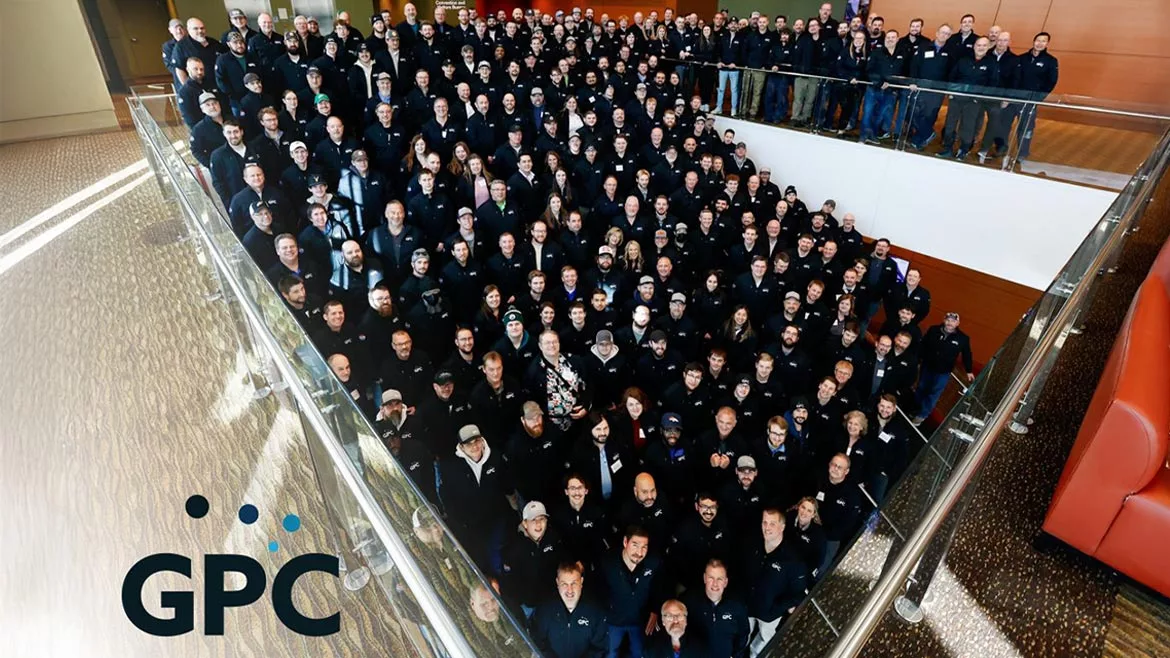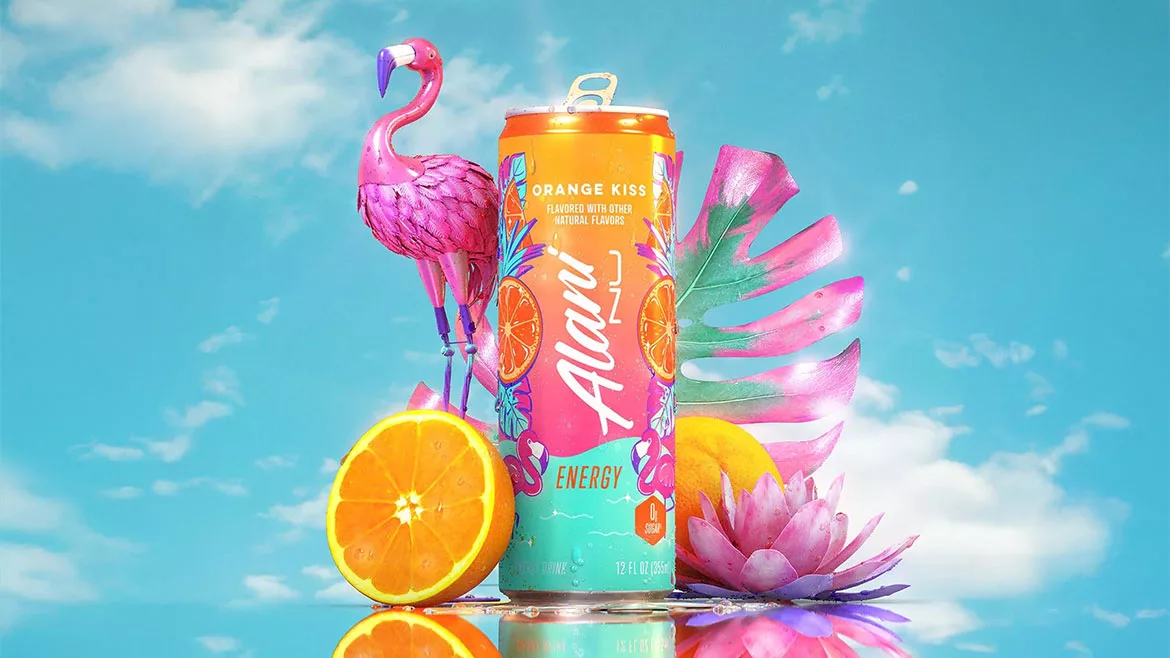Distribution: Drug testing compliance promotes safety
The U.S. Department of Transportation (DOT) requires drug and alcohol testing for drivers of commercial vehicles. These regulations require commercial fleets to have a drug testing program that covers transportation safety-sensitive employees who operate commercial motor vehicles with a gross vehicle rating of 26,001 pounds or more.
The Federal Motor Carrier Safety Administration (FMCSA), the agency responsible for ensuring that commercial fleets comply with those federal regulations, requires the following alcohol and drug testing for drivers with a commercial driver’s license (CDL):
- Pre-Employment: An individual must undergo testing for controlled substances, and negative results must be received prior to being hired or used to perform safety-sensitive functions. Pre-employment alcohol testing is permitted, but not required.
- Reasonable Suspicion: Conducted when a supervisor or company official trained in accordance with U.S. DOT regulations has reasonable suspicion to believe that the employee has violated the prohibitions concerning controlled substances and alcohol. This determination needs to be based on specific contemporaneous observations of employee conduct that is characteristic of substance misuse.
- Random: Carried out based on a random selection of drivers. The intent is to discourage substance and alcohol use and abuse by making testing unpredictable and to identify users and abusers.
- Post Accident: Performed after a driver is involved in an accident that results in (1) a fatality, or (2) an injury requiring medical attention away from the scene of the accident, or (3) a vehicle being transported away from the scene by a tow truck or other vehicle. The alcohol test must be conducted within eight hours of the accident; the controlled substances test within 32 hours.
- Return-to-duty and follow-up: Conducted when an individual who has violated the prohibited alcohol and drug conduct standards returns to performing safety-sensitive duties. Follow-up tests are unannounced. At least six tests must be conducted in the first 12 months after a driver returns to duty. Follow-up drug and alcohol testing may be extended for up to 60 months following return to duty.
Testing problems
Undercover investigations by the Government Accountability Office (GAO) at U.S. DOT-certified drug and alcohol test collection sites reported a lack of compliance with protocols and little oversight.
The GAO found conditions that offered drivers opportunities to adulterate urine specimens.
The DOT drug testing process for urine collection requires that only a collector who meets DOT requirements can perform the collection. At the collection center, the collector must verify the driver’s identification and then have the driver empty his pockets before proceeding with the collection. The driver must provide at least 45 ml. of urine. The collector makes an initial inspection, then divides the specimen into a primary and split specimen, seals the bottles and signs paperwork.
The most common problems uncovered at facilities that perform urine collections for DOT-regulated drug tests were:
- Not keeping other people from entering the area where the collection was taking place.
- Not checking photo identification to make sure the right person was taking the test.
- Not asking the person taking the drug test to empty their pockets or take off outer clothing (to avoid having adulterants carried into the test).
- Bathrooms that have substances, such as soap and cleaning products, which could be used to adulterate or dilute the urine specimen.
To help employers be aware of the proper drug collection process, the U.S. DOT’s Office of Drug and Alcohol Policy and Compliance (ODAPC) has produced the “DOT’s 10 Steps to Collection Site Security and Integrity.” This document can be found on the ODAPC portion of the U.S. DOT’s Web site: dot.gov/ost/dapc.
ODAPC also has published “What Employers Need To Know About DOT Drug and Alcohol Testing” for managing a quality drug and alcohol testing program that meets U.S. DOT requirements. The publication can be downloaded from the Web site. BI
Looking for a reprint of this article?
From high-res PDFs to custom plaques, order your copy today!


